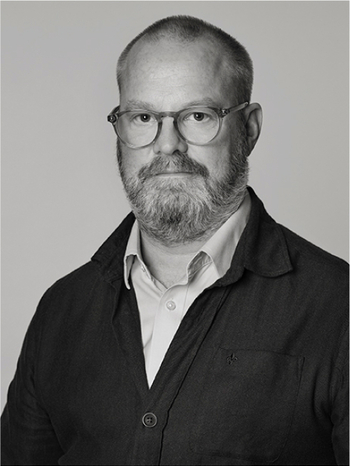Einar Nerman
Einar Nerman, oil on panel, signed.
Tummelisa with flowers. 26,5 x 24 cm.
Muut tiedot
Einar Nerman studied 1909-1910 for Henri Matisse in Paris, at the "L´académie Matisse".
During his years of study in Paris, Einar Nerman made portraits of his classmates. Over the years, the National Museum in Stockholm has acquired a number of these artist portraits. Their collection therefore includes, among others, Einar Nerman's portraits of Isaac Grünewald, Einar Jolin, Arthur Percy, Leander Engström and Birger Simonsson. The artists listed above belonged to the core of the artist group "The Young", also called ”The 1909 men”. Their first group exhibition in Stockholm in 1909 is regarded by art historians as the breakthrough of modernism in Swedish art.
During the 1920s, Einar Nerman worked as a cartoonist for The Tatler magazine in London, where he achieved fame for accurate caricatures of celebrities of the time.
After a stay as an illustrator and artist in New York, Einar Nerman established himself as an accurate portrait painter in Stockholm.
Swedish celebrities of the time, such as Greta Garbo, Signe Hasso and "The Little Prince at Haga" (young Prince Carl XVI Gustav) were among those who were accurately painted. In addition, Einar Nerman made illustrations for books by, among others, Selma Lagerlöf and August Blanche.
Einar Nerman is the author of "Solstickepojken", a well-known Swedish symbol since the 1930s. The story goes that the light-curled boy was originally a light-curled girl. The original idea was to use Nerman's illustration of the fairy tale character Tummelisa, comparable to the auction's painting. But Einar Nerman was in a hurry to deliver a unique proposal to the Solstickan foundation. In the winter of 1936, Nerman created a modestly changed version, in which the light-curled girl from Hans Christian Andersen's fairy tale quickly turned into a boy.
Einar Nerman is represented at National Museum and Moderna Museet in Stockholm, among others art collections.



































